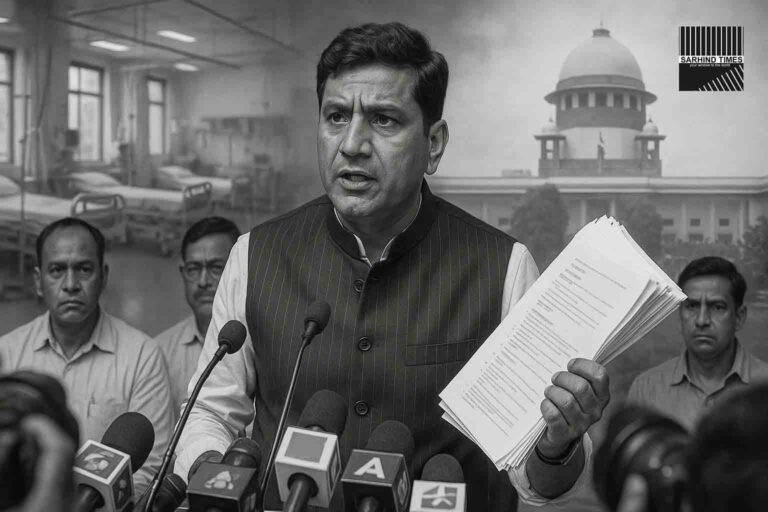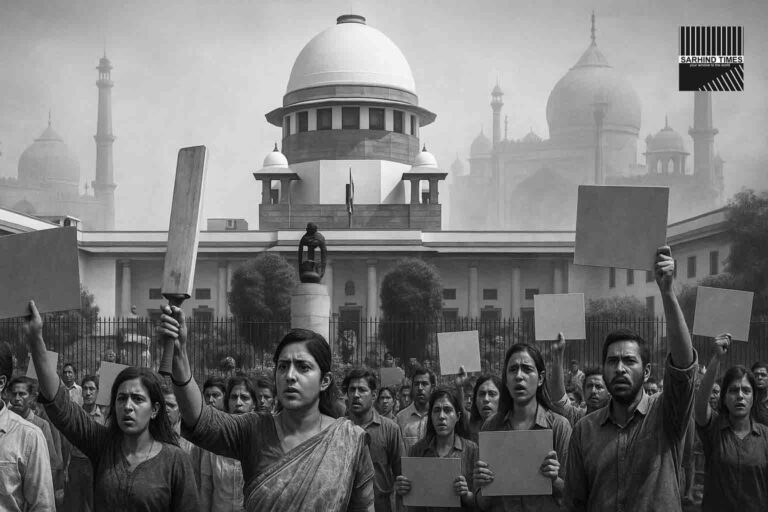Ahmedabad, India — The Chandipura virus (CHPV), a rare but potentially deadly pathogen, has sparked a health crisis in Gujarat, claiming its first confirmed life and suspected in at least 13 other fatalities over the past two weeks. The outbreak has prompted urgent responses from state health officials and raised concerns about the virus’s rapid spread and severe impact, particularly among children.
First Confirmed Death
State health minister Rushikesh Patel confirmed the death of a four-year-old child from Mota Kanthariya in Aravalli, marking the first officially recognized fatality due to the Chandipura virus. The confirmation came from the National Institute of Virology (NIV) in Pune. The child had succumbed to the virus at a government hospital in Sabarkantha, highlighting the virus’s lethal potential.
Additional Suspected Cases
On Wednesday, officials reported two more deaths suspected to be caused by CHPV. One case involved a four-year-old girl from Bariya Faliyu in Godhra taluka, Panchmahal district, who exhibited symptoms such as fever, vomiting, and convulsions before her death at SSG Hospital in Vadodara. Near her residence, health officials discovered sandflies, the primary vector believed to transmit CHPV, particularly species of the genus Phlebotomus.
Transmission and Symptoms
Sandflies, tiny blood-sucking insects prevalent in tropical and subtropical regions, are identified as the main vectors for the Chandipura virus. The dry temperatures in north Gujarat provide favorable conditions for their breeding. “Sandflies are known to be the main vectors for this virus. They are found in cracks of walls where they breed and lay their eggs and in mud houses,” said Dr. Pradeip Umarigar, health officer at Surat Municipal Corporation.
Initial symptoms of CHPV include sudden onset of high fever, severe headache, and muscle pain. The infection can rapidly progress to altered consciousness, seizures, and in severe cases, coma and death. The virus’s ability to cause rapid neurological deterioration makes early detection and treatment crucial, particularly for children under the age of 15, who are most vulnerable due to their lower immunity against viral infections.
Historical Context and Diagnosis
First identified in 1965 in Chandipura, a village in Maharashtra, the CHPV belongs to the Rhabdoviridae family and is closely related to the vesicular stomatitis virus. It is primarily transmitted through sandfly bites, although other insects may also play a role in its spread. Previous outbreaks have occurred in states like Andhra Pradesh, Gujarat, and Maharashtra. Laboratory confirmation typically involves serological tests, virus isolation, or molecular techniques such as reverse transcription polymerase chain reaction (RT-PCR).
Ongoing Investigation and Response
Of the 12 earliest patients admitted to GMERS Himmatnagar Hospital, where the outbreak was first identified, six died in early July. The National Institute of Virology in Pune has been instrumental in confirming cases, although only one of the six samples sent from the hospital tested positive for CHPV.
Treatment for CHPV is primarily supportive, focusing on managing symptoms and complications due to the lack of specific antiviral therapy. Prevention strategies are crucial and include reducing exposure to sandflies through measures like spraying insecticides, using insecticide-treated bed nets, applying insect repellents, wearing protective clothing, and improving sanitation to eliminate breeding sites.
Urgent Public Health Measures
The Gujarat health department has intensified efforts to contain the outbreak and prevent further spread. “A challenging aspect of the Chandipura virus is its ability to persist in sandflies, allowing it to survive through the winter and re-emerge under favorable conditions,” noted a health department official.
As the state grapples with this outbreak, public awareness and preventive measures remain key to controlling the spread of the Chandipura virus and protecting the most vulnerable populations.
For ongoing updates and detailed coverage, visit Sarhind Times.






















+ There are no comments
Add yours